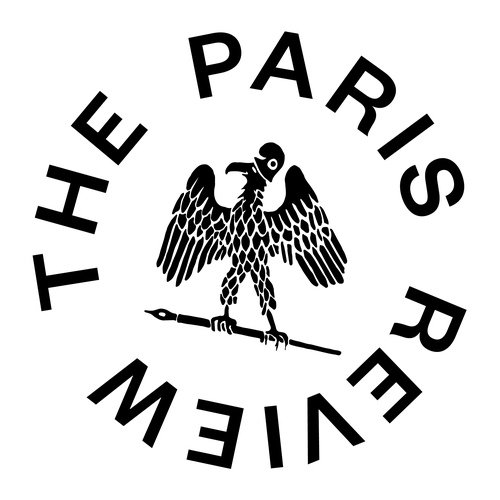The Paris Review New York
Founded in Paris by Harold L. Humes, Peter Matthiessen, and George Plimpton in 1953, The Paris Review began with a simple editorial mission: “Dear Reader,” William Styron wrote in a letter in the inaugural issue, “The Paris Review hopes to emphasize creative work—fiction and poetry—not to the exclusion of criticism, but with the aim in mind of merely removing criticism from the dominating place it holds in most literary magazines and putting it pretty much where it belongs, i.e., somewhere near the back of the book. I think The Paris Review should welcome these people into its pages: the good writers and good poets, the non-drumbeaters and non-axe-grinders. So long as they’re good.”
Decade after decade, the Review has introduced the important writers of the day. Adrienne Rich was first published in its pages, as were Philip Roth, V. S. Naipaul, T. Coraghessan Boyle, Mona Simpson, Edward P. Jones, and Rick Moody. Selections from Samuel Beckett’s novel Molloy appeared in the fifth issue, one of his first publications in English. The magazine was also among the first to recognize the work of Jack Kerouac, with the publication of his short story, “The Mexican Girl,” in 1955. Other milestones of contemporary literature, now widely anthologized, also first made their appearance in The Paris Review: Italo Calvino’s Last Comes the Raven, Philip Roth’s Goodbye Columbus, Donald Barthelme’s Alice, Jim Carroll’s Basketball Diaries, Peter Matthiessen’s Far Tortuga, Jeffrey Eugenides’s The Virgin Suicides, and Jonathan Franzen's The Corrections.
In addition to the focus on original creative work, the founding editors found another alternative to criticism—letting the authors talk about their work themselves. The Review’s Writers at Work interview series offers authors a rare opportunity to discuss their life and art at length; they have responded with some of the most revealing self-portraits in literature. Among the interviewees are William Faulkner, Vladimir Nabokov, Joan Didion, Seamus Heaney, Ian McEwan, and Lorrie Moore. In the words of one critic, it is “one of the single most persistent acts of cultural conservation in the history of the world.”









